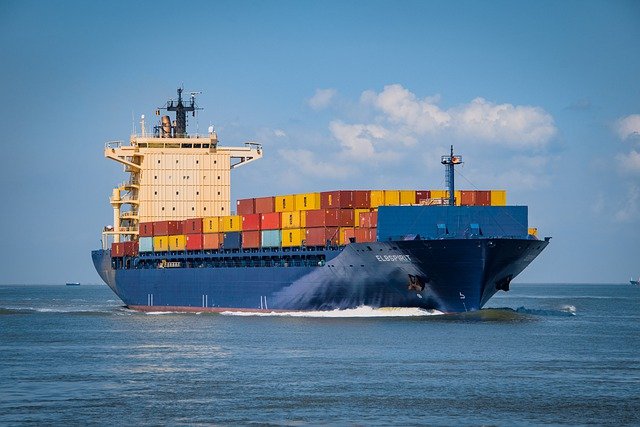Transportation costs drive regional divide
21st April 2022

New research shows that business is feeling the effects of inflation, geopolitical tension, port congestion and transportation costs in dramatically different and regionally specific ways, with those in South America and Africa facing a more negative business outlook.
The study, conducted by Economist Impact, surveyed executive-level participants representing businesses in 26 major countries across the globe. The research was commissioned by DP World, global logistics company and a key participant in the World Logistics Passport.
In South America and Africa, executives have a more negative outlook on the impact of transportation costs on business outlook – even when compared to other developing countries.
For example, 42.5% and 49.5% of executives surveyed in South America and Africa respectively identified higher transport costs as the top limitation for increasing exports. This compared to 19.9% for those in China, 27.5% in India and 25% in the UAE.
Mahmood Al Bastaki, General Manager of the World Logistics Passport, said: “This new data tells us that different countries and regions are having remarkably different experiences of the same supply chain pressures. With export prospects for businesses in South America and Africa more likely to be impacted by rising transport costs, the private sector is in need of solutions that will help increase efficiencies and lower these costs to help ease inflationary pressures.”
Improvements in port and logistics infrastructure are cited as a key route to trade growth – for imports in particular. Nearly one in three (31.7%) business leaders across the identified markets indicated that improved port and logistics infrastructure are drivers of import growth.
Both hard and soft port and logistics infrastructure are part of this important driver of growth – with trade routes, technologies and streamlined partnerships being examples of soft infrastructure. For example, over half (55.7%) of executives said that their company had either implemented digital solutions to enable seamless movement through customs and border control in 2021 or planned to do so in 2022.
Improved customs processes have been shown to be important in helping speed the flow of goods and keep trade moving and reducing time-to-trade – therefore boosting cost efficiency.
And while the end of globalisation has been heralded as an expected consequence of geopolitical tensions between Washington and Beijing, the research revealed that companies are instead further diversifying their global trade networks rather than retrenching or regionalising – presenting opportunities for markets able to capitalise on diversifying procurement strategies.
Nearly one in two (47.9%) executives around the world are seeking more diversity of supplier base regardless of location, with approximately three in five executives (59.2%) saying that choosing suppliers and markets based on the lowest possibility of being caught in a geopolitical dispute is ‘absolutely critical’.
This has been a boon for economies such as WLP members Vietnam and Mexico, which even pre-pandemic had benefitted from increased diversification of manufacturing bases due to geopolitical tensions.
Al Bastaki continued: “Despite the headwinds out there for all to see, there are opportunities for countries to boost trade. In particular, these can be found through investment in trade solutions that help facilitate faster movement of goods, such as improved soft infrastructure and digital solutions.
“Additionally, countries that are part of growing trade networks and already have the soft infrastructure to service new markets will be in a better position to capitalise on the diversification of suppliers.”

